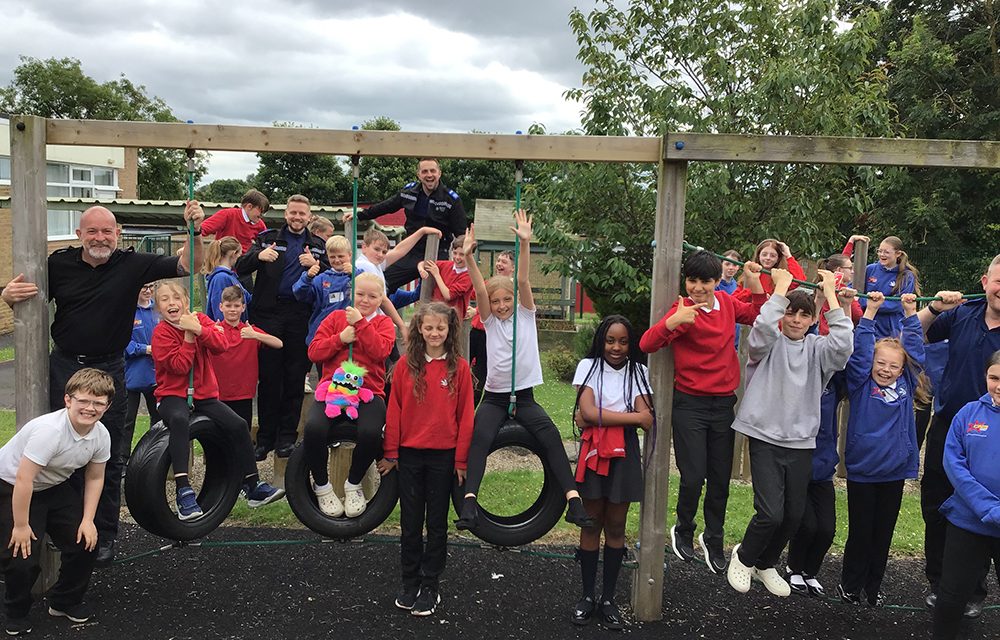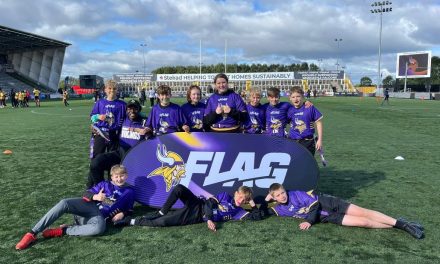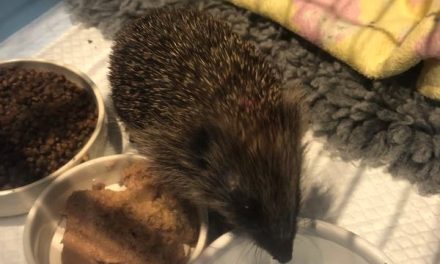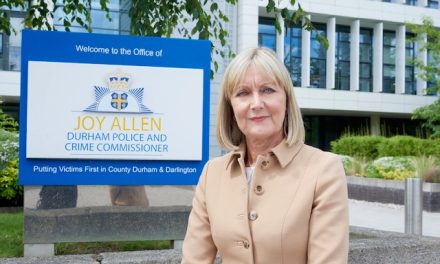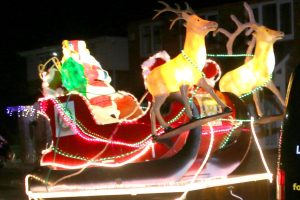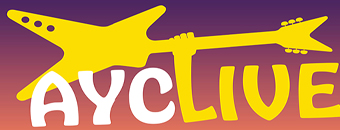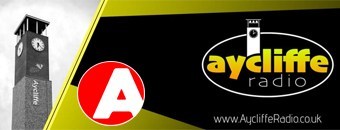We were joined by the Newton Aycliffe police team to learn all about how to stay safe and what to do in many difficult situations. The children have learnt so much from the Police and we want to thank you all for spending the day with us at St. Francis!
Bullying
Sergeant Boyd spoke to the Year 5 and Year 6 children about bullying, identifying the types of bullying and the behaviours that show bullying. The children learnt about how and why people bully, that it is repeated, usually they are doing it to try and get a reaction and the effect it has on others. The children were aware that by the age of 10, they are of the age of criminal responsibility and that they are responsible for their own choices.
Violence/assault, theft, harassment, and hate crime are all examples of bullying and can be a criminal offence. Children learnt further about what is classified as a hate crime. The children learnt about social media and how to use this appropriately ensuring that, if we were to use social media platforms, we understand who we interact with and if they are who they say they are. Bullying has consequences and can affect your future. They can affect your choices of education and employment when you are older, you can have restraining orders, get arrested, imprisoned, you and your family can become evicted and you can get a criminal record. Remember that a trusted adult can help you.
Internet Safety
PCSO Kipling informed us about cyber bullying and defining the term. We were then able to identify ways in which people can cause harm and upset using devices. We were reminded about the things we can do to keep ourselves safe when we see things that concern us online. We were reminded to not respond to messages online, but to take a screen shot of the messages and tell a trusted adult. This means that we can then be supported and make sure that we do not get into trouble.
Online grooming was discussed where we learnt that you can hide behind a different personality and that someone you are speaking to online is not always the same person who is behind the screen. They will ask questions and try to get information from you to make it look as though they have things in common with you so that they can build a trusting relationship to you. We learnt about the different social media platforms and the age restrictions that apply to them. We know that they have age restrictions, so that we can keep ourselves safe, because they have the functions to be able to interact with others. We explored the privacy settings and how these are important in our settings.
Crime and Consequence
PSCO Will spoke to us about Crime and Consequence. We began by identifying what a crime is – an action that is against the law, and the types of crime that can be committed. A crime and anti-social event always included a victim, offender and a location. When officers attend an incident, they try to remove one of the three elements that can cause a crime or anti-social event to occur. They discussed how different considerations need to be made based on the scenario. The children thought about different scenarios and how people would feel in such situations and the choices they can make to help the community. Children explored 10 crimes and were asked to order them based on the seriousness of the crime: shoplifting, breaking into a car, picking a fight, drink driving, urinating against a wall, doing a paper round at the age of 11, shouting racist abuse, being sold alcohol in a pub at the age of 16, hanging out with friends and causing criminal damage.
Anti-Social Behaviour
PCSO Stu spoke to us about Anti-Social behaviour. We began by exploring what it meant, focussing on the terms alarmed, distressed and harassed. We applied our emotions to understand these three words further, so that we could understand how anti-social behaviour affects others. We looked at different examples of anti-social behaviour such as vandalism, graffiti, littering, rowdy behaviour, smashing windows, trespassing, breaking in and actions that intimidate others in the community, to name a few examples. The affect of anti-social behaviour on the appearance of a community. Children learnt that every action has a consequence and that taxes help to pay and look after our community facilities. Children were reminded that there is no reason they cannot socialise with their friends, but that they need to think about where they are, their actions and what others around them are doing, because you may not be the one doing something wrong, but you can be associated with it. Anti-Social Behaviour is how you make others feel.
Police Visit St Francis
